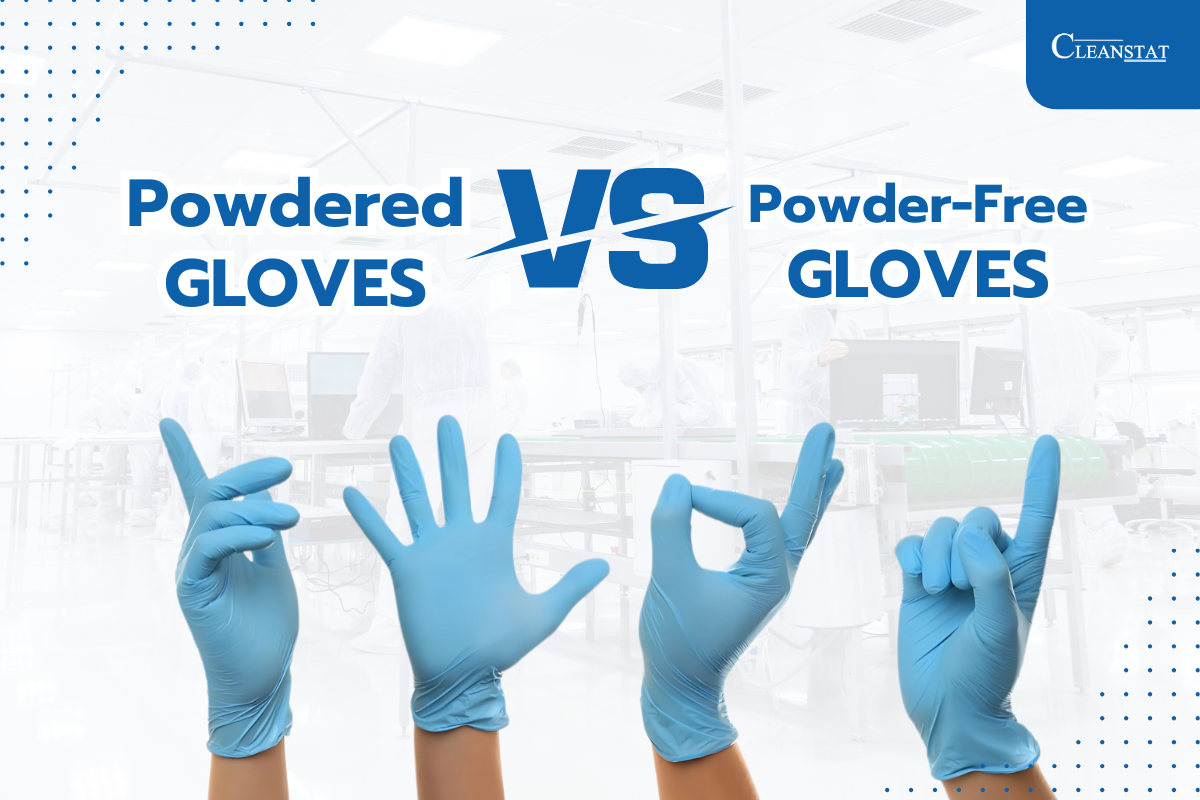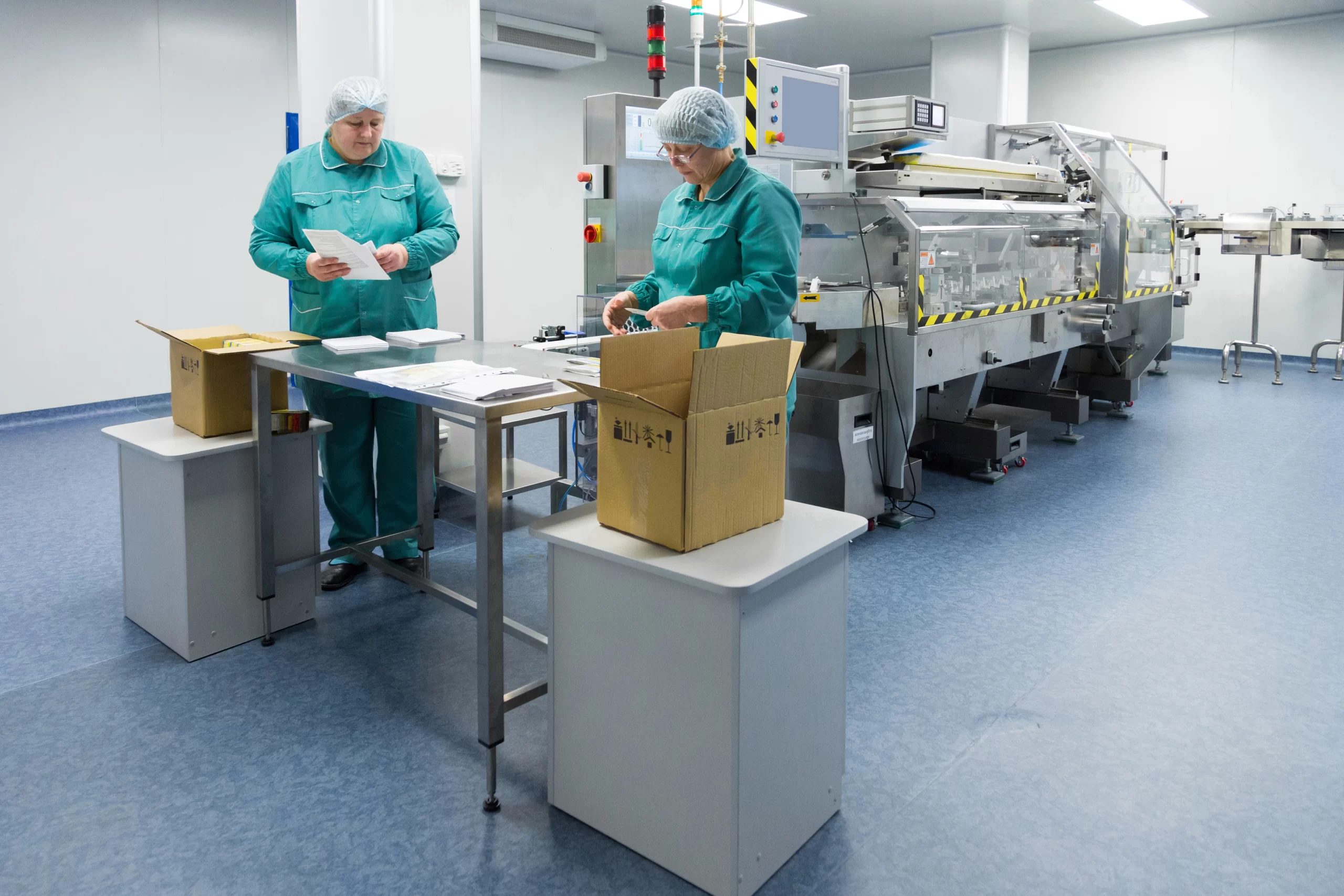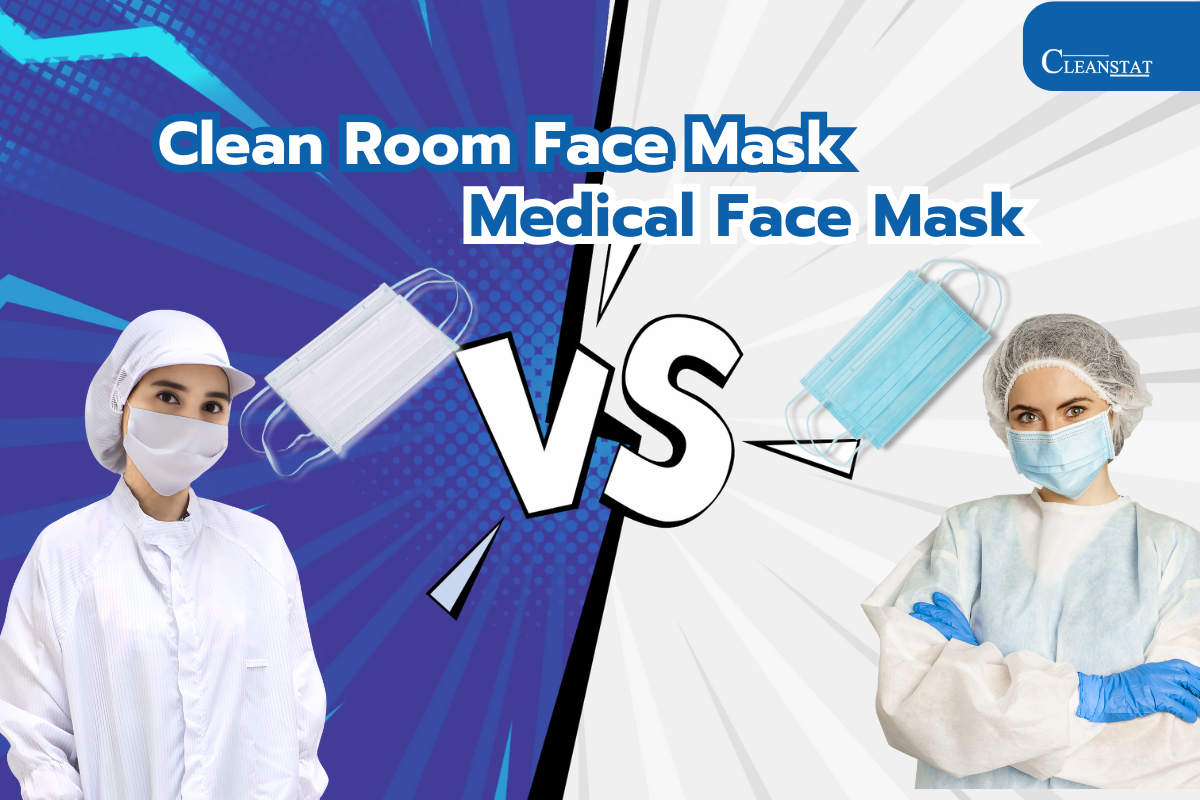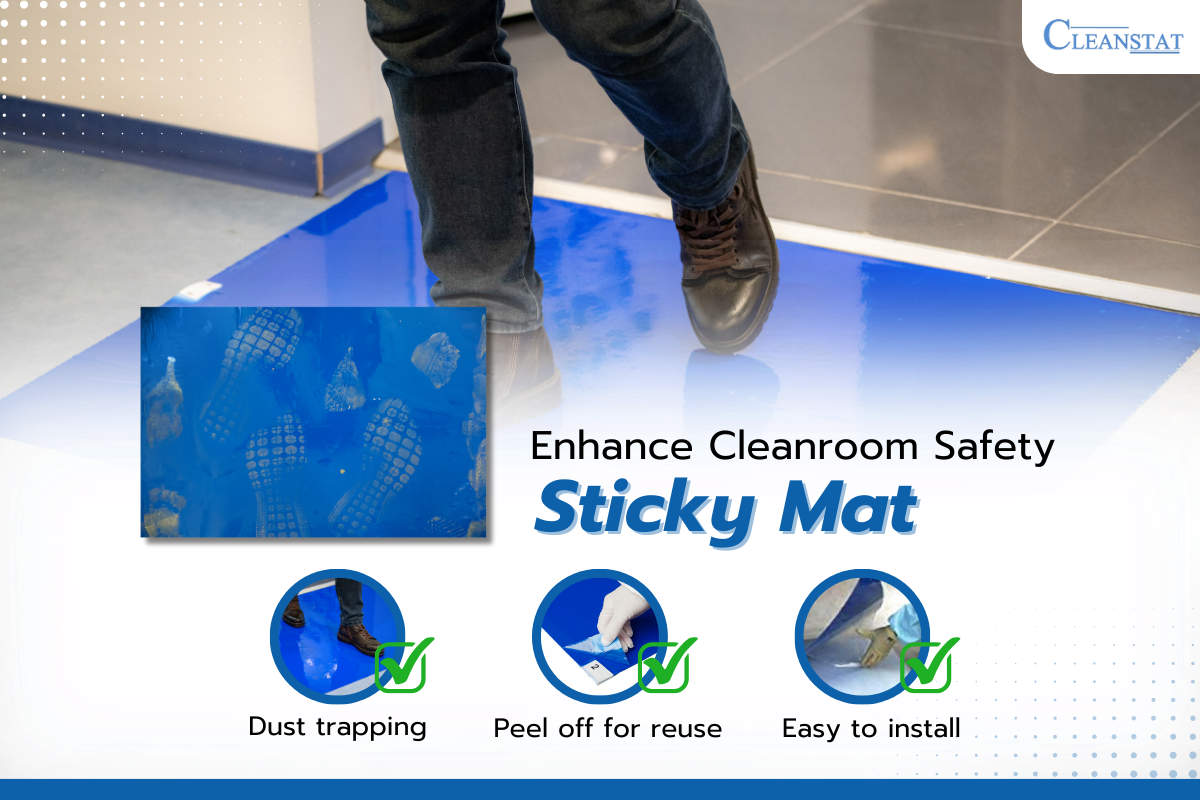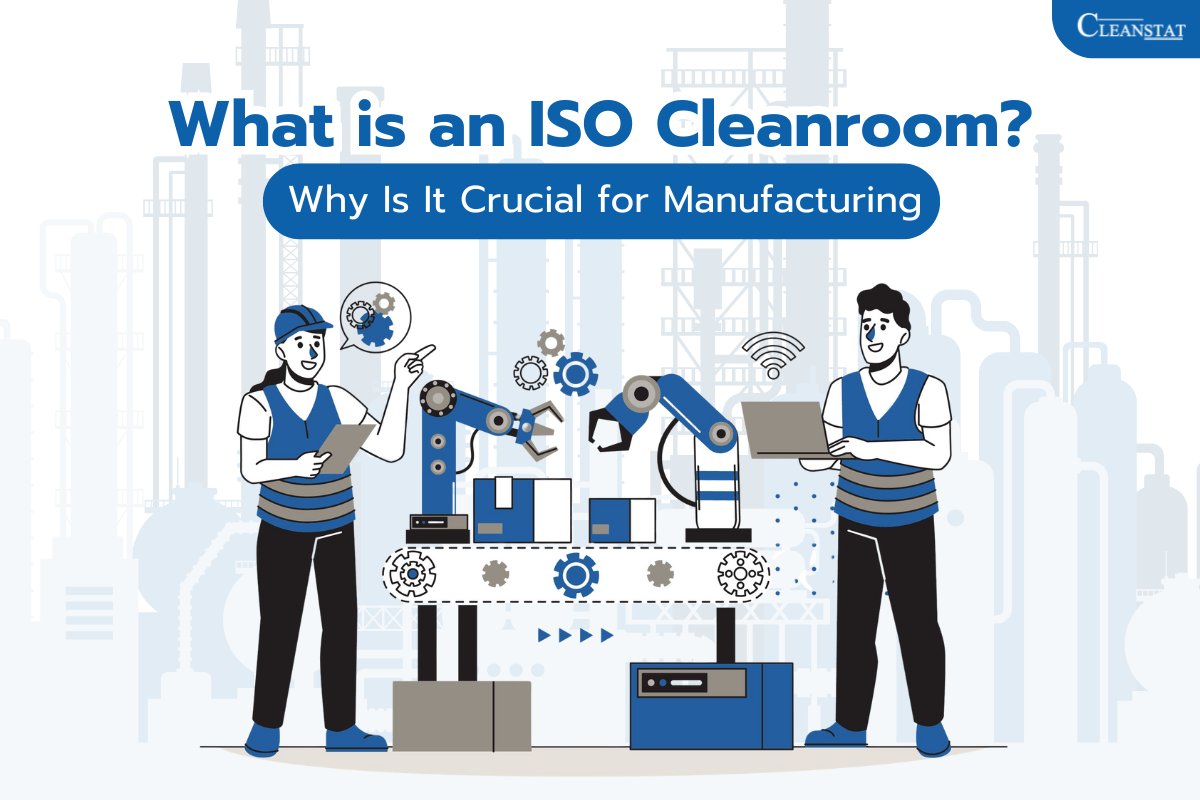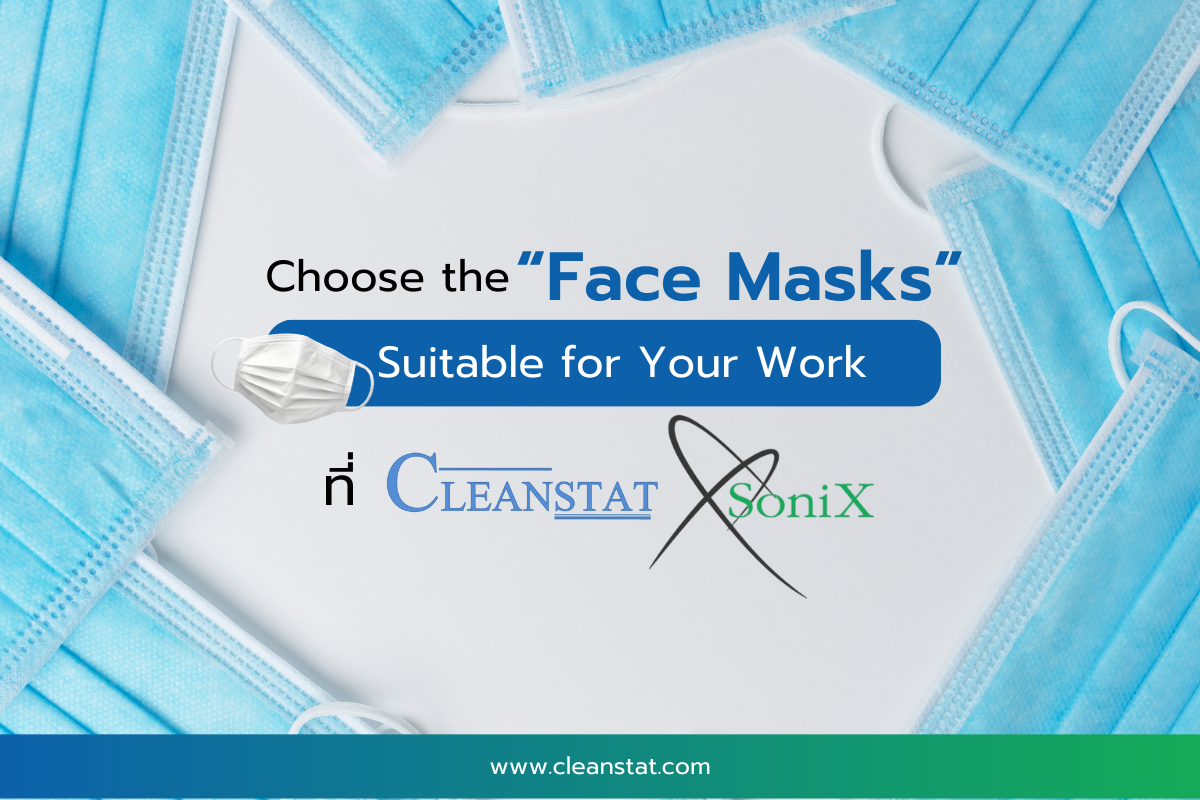Rubber gloves are essential equipment used in many industries, especially in the medical sector, food industry, and general safety applications. However, rubber gloves can be categorized into two main types: Powdered Gloves and Powder-Free Gloves. Each type has different manufacturing processes, uses, and advantages. Choosing the right type of gloves is crucial for efficiency and user safety.
1. Manufacturing and Usage
Powdered Gloves
These gloves contain an inner coating of powder, usually cornstarch, which helps reduce stickiness and makes it easier to put on and remove.
Ideal for users who need to wear gloves for long periods or work in environments where hands may become moist or wet, as the powder prevents the gloves from sticking to the skin.
Commonly used in general industries, cleaning tasks, maintenance work, and jobs that do not require high levels of cleanliness.
Powder-Free Gloves
These gloves undergo a special washing process to remove powder residue, ensuring a cleaner product.
Suitable for applications that require high cleanliness standards, such as hospitals, laboratories, pharmaceutical industries, and food processing, as they prevent contamination caused by powder residues.
Often used in tasks that require safety and hygiene, reducing the risk of allergic reactions from residual powder.
2. Safety and Health Considerations
Powdered Gloves
The powder in these gloves can lead to contamination in environments requiring strict hygiene, such as medical and food industries, as the powder may detach and settle on surfaces or products.
Some individuals may experience allergic reactions or skin irritation from exposure to powder, especially those sensitive to natural rubber proteins or prone to skin allergies.
Powder-Free Gloves
Free from powder, reducing the risk of allergies or irritation for users.
Recommended for applications requiring high hygiene standards, such as medical procedures, surgeries, and food handling, where preventing residue contamination is crucial.
3. Industrial Applications
Powdered Gloves
Since they are easy to wear and remove, they are widely used in industries requiring frequent glove changes, such as maintenance work, cleaning services, and general manufacturing.
Not recommended for the food and pharmaceutical industries due to the risk of powder contamination.
Powder-Free Gloves
Preferred in industries with strict hygiene regulations, including hospitals, patient examinations, surgical procedures, and laboratory work.
Used in the food and beverage industry to ensure consumer safety by preventing contamination from glove residues.
4. Cost Considerations
Powdered Gloves
Generally cheaper than powder-free gloves as they have a simpler manufacturing process and lower production costs.
Powder-Free Gloves
More expensive due to additional processing required to remove powder and meet higher hygiene standards.
Both powdered and powder-free gloves have their advantages and are suited for different applications. Powdered gloves are more affordable and easier to wear but pose a risk of contamination and allergic reactions. On the other hand, powder-free gloves are ideal for tasks requiring high cleanliness and safety standards but come at a higher cost. Selecting the appropriate type of gloves is essential to ensure efficiency and safety in various work environments.
Interested in buying high-quality rubber gloves? Click here!

